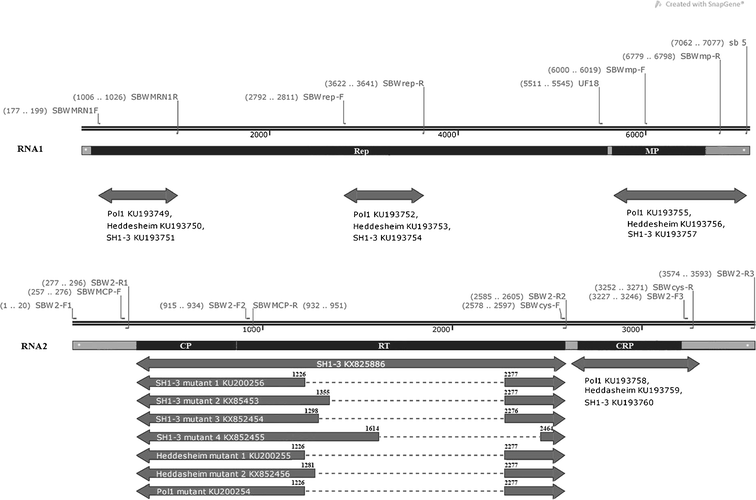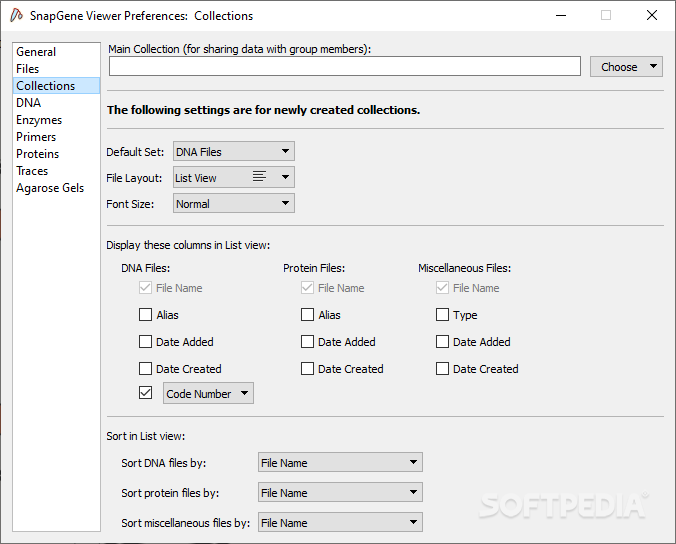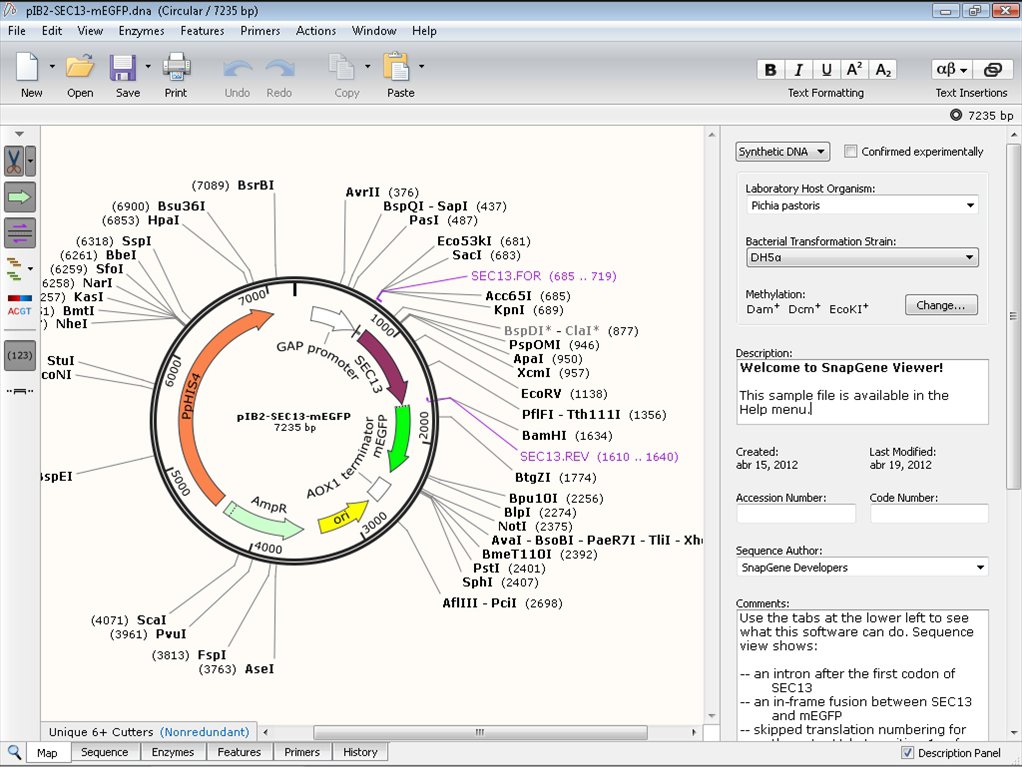

Genome Compiler is free for academia users and is available online and in a downloadable version so you can easily access your data on Genome Compiler from anywhere you are. The sequence will be copied to the clipboard.

Select the “Show Colors” button in the side toolbar to highlight (in red) the newly added feature sequence.Ĭopy the Translation of the Selected DNA Sequence Select a coding sequence (CDS) feature in Map or Sequence view and click Edit → Copy Amino Acids → to copy the translation in either 1 letter or 3 letter code. Insert a Feature into a Sequence Open a DNA Sequence File and Define the Insertion Point.
#SNAPGENE VIEWER ASTERISK SOFTWARE#
SnapGene Viewer is software that allows you to create, browse, and share richly annotated DNA sequence files. Select the DNA fragments that you wish to fuse, and SnapGene will design the primers. SnapGene is molecular biology software that allows users to plan, visualize, and document molecular biology procedures. To change the interval, use the drop-down menu to choose whether to check daily, weekly, or monthly. To disable checking for updates, uncheck the box labeled “Check for updates”. If necessary, select “General” in the sidebar. In the Add-Ins available box, select the check box next to the add-in that you want to activate, and then click OK.Ĭlick SnapGene → Preferences (macOS) or Edit → Preferences (Windows or Linux). In the Manage box, click Excel Add-ins, and then click Go. To activate an Excel add-in Click the File tab, click Options, and then click the Add-Ins category. Three dots “” at each end of the horizontal map indicate the sequence is circular. In Map view use the “Show Horizontal Map” button in the side toolbar to switch between circular and linear views. But remember that the primer starts at the 3′ end so it should be read as CGCT. The 4 bases that bind to the 3′ of the top strand are TCGC. This is called the “reverse complement” of the top strand. You may want to work with the reverse-complement of a sequence if it contains an ORF on the reverse strand.īecause primers are read and created by humans our reverse primer need to be written from the beginning to the end. The entire IUPAC DNA alphabet is supported, and the case of each input sequence character is maintained. Reverse Complement converts a DNA sequence into its reverse, complement, or reverse-complement counterpart. The reverse complement of a DNA string Pattern = pįormed by taking the complement of each nucleotide in Pattern, then reversing the resulting string. Given a nucleotide p, we denote its complementary nucleotide as p. Thus, for the example given above, the 5′-3′ mode of the reverse primer will be: 5′- NNNNNNNNNN-CTCTAGAATCCTCAA-3′. For the forward primer, you can use the sequence directly.įor a reverse primer: write the complement sequence of the 3′ end of the sense template, reverse it, so it can be read as 5′-3′ and add any extra sequence at the 5’end of this primer. The genomic sequence that comes from the computer is just one strand the complementary strand is not shown. The 3′ end of the primer should be a G or a C. 15.2).įorward and reverse primers should be about 500 bp apart. 15.1) or from “Edit”- “Paste Reverse Complement” from the main menu (Figure 3.4. This can be reached either from the “Paste” icon in the main toolbar (Figure 3.4. In SnapGene you should first copy a sequence and then paste it as reverse complement. How do you copy an amino acid sequence SnapGene? How do you select forward and reverse primers? How do you get a circular map on SnapGene?

Is the reverse primer the reverse complement? What do you mean by reverse complement and translation? How do you find the complement of a string? How do you find the reverse primer sequence? How do you design forward and reverse primers for PCR? How do you get the reverse complement sequence in SnapGene?


 0 kommentar(er)
0 kommentar(er)
